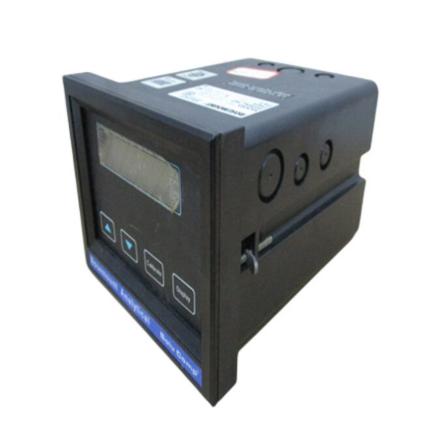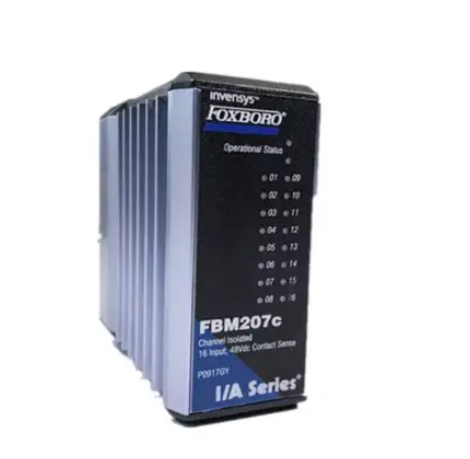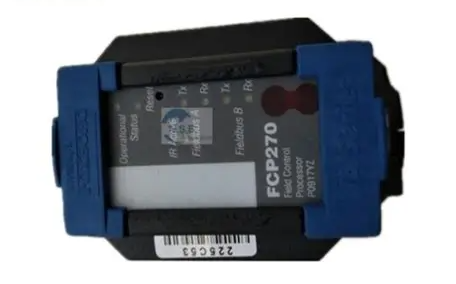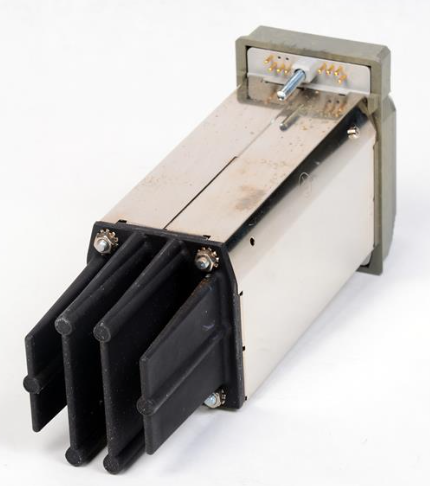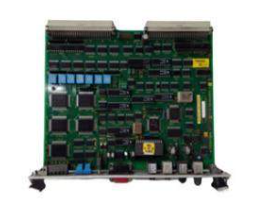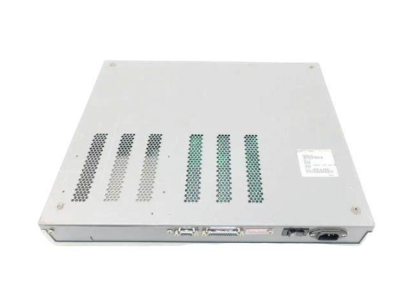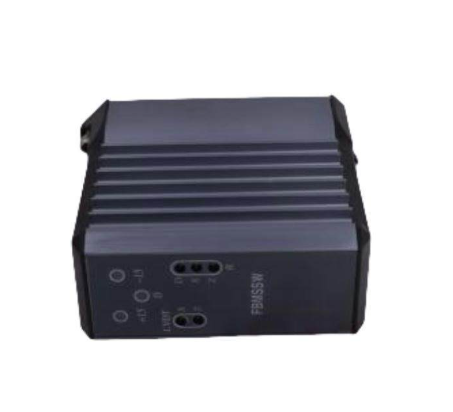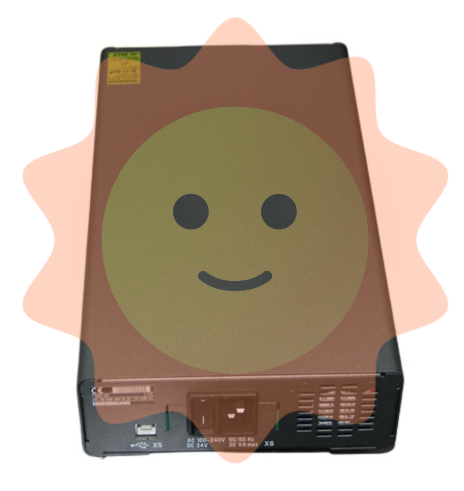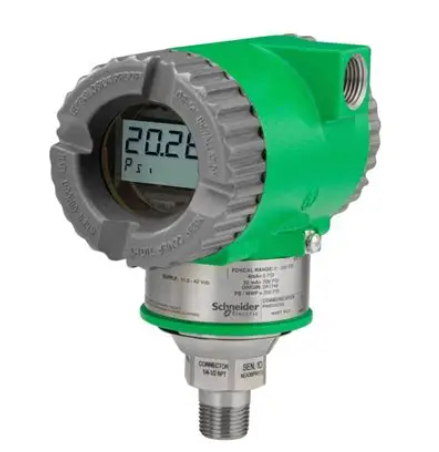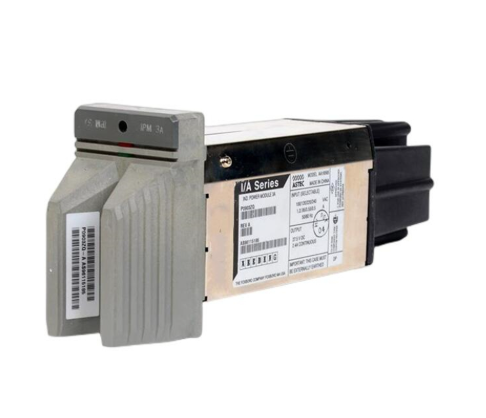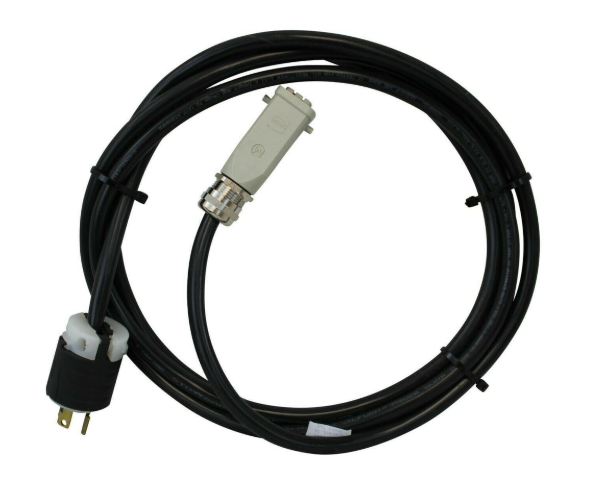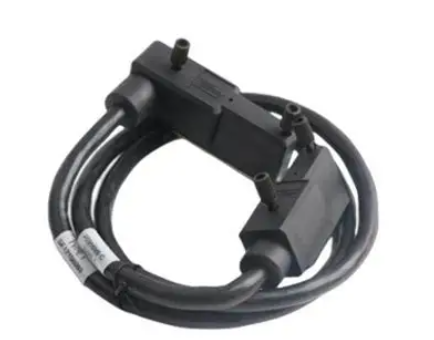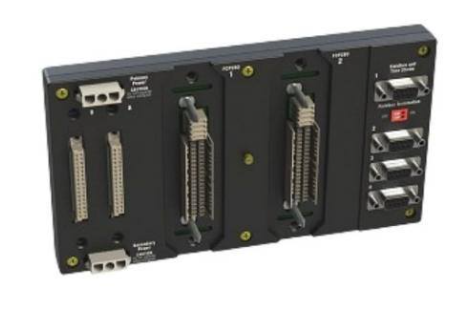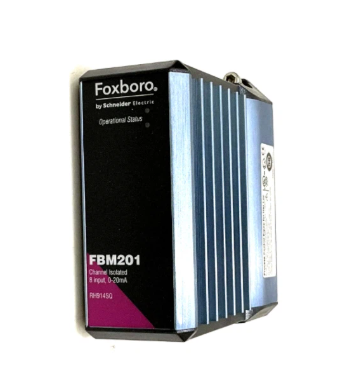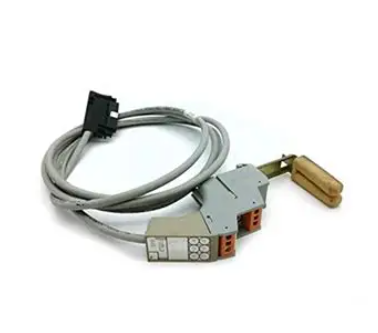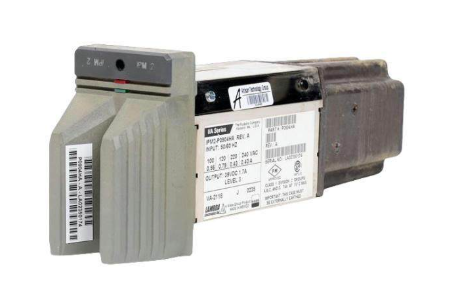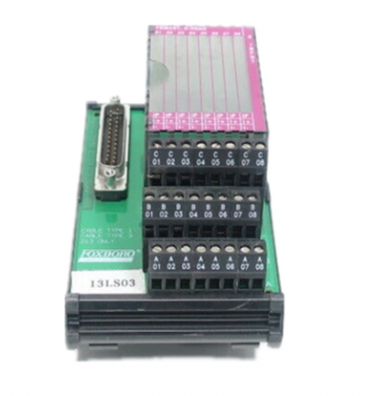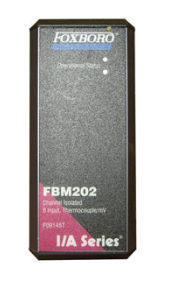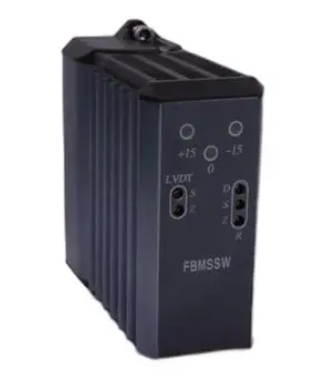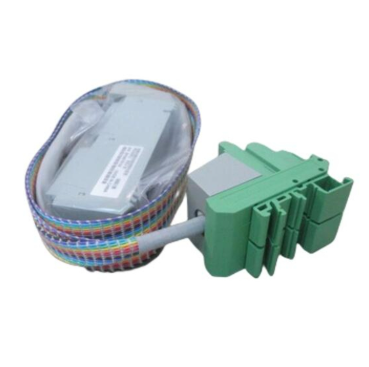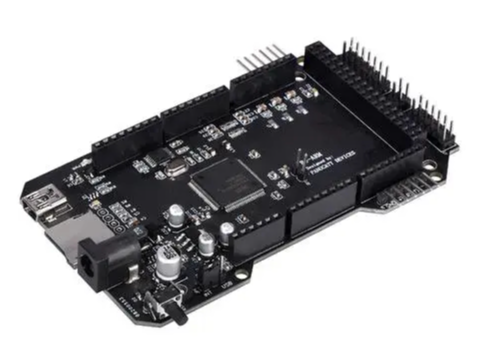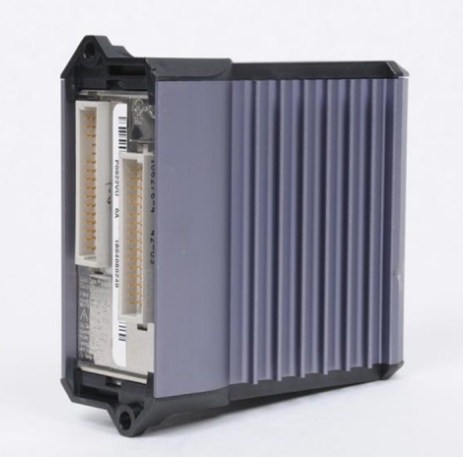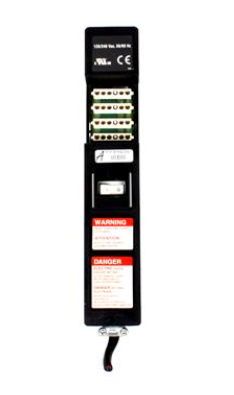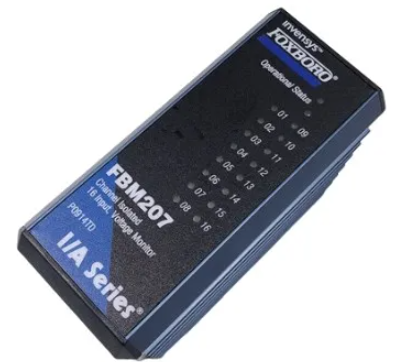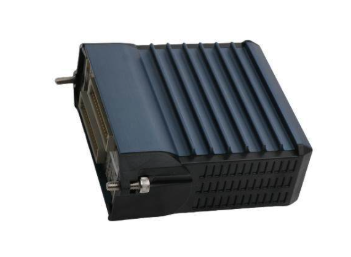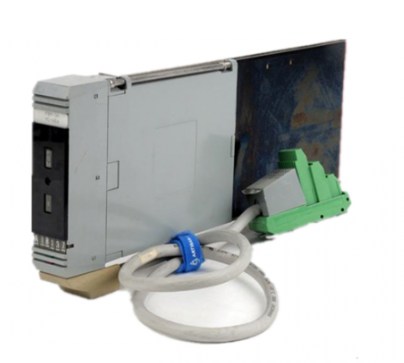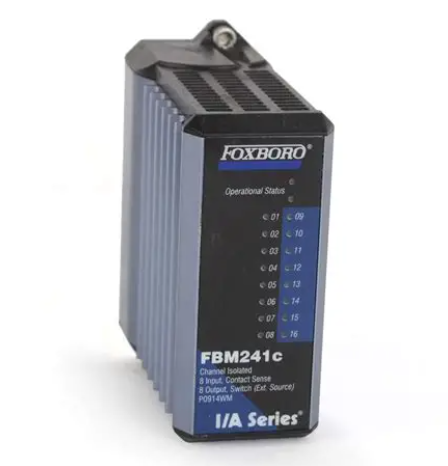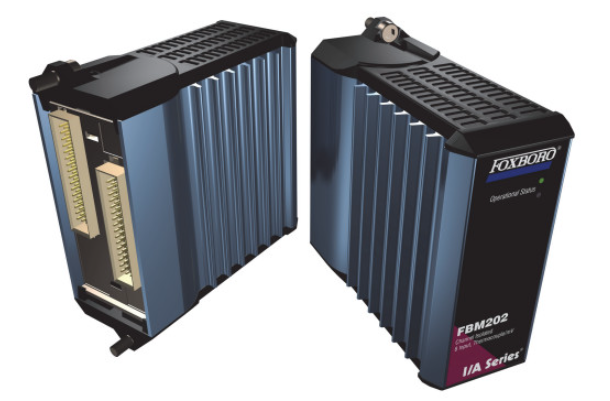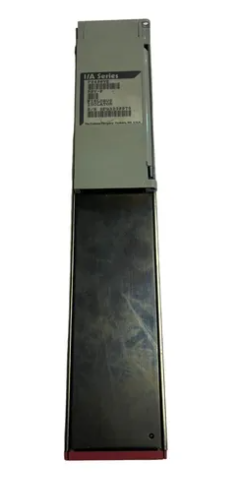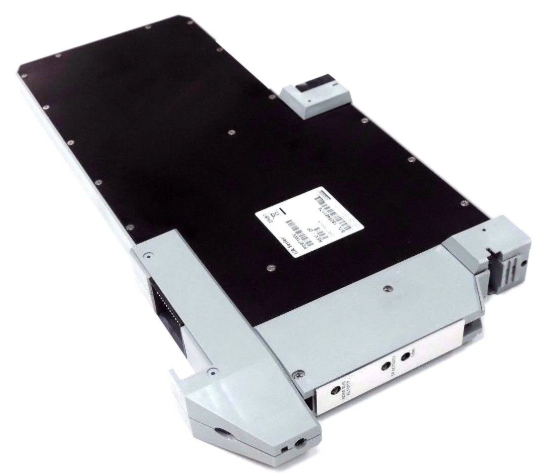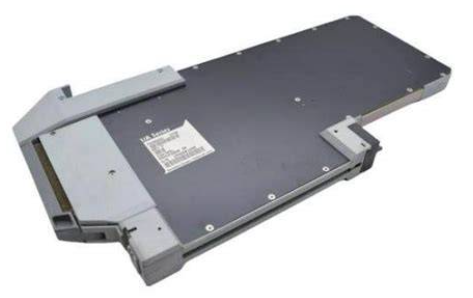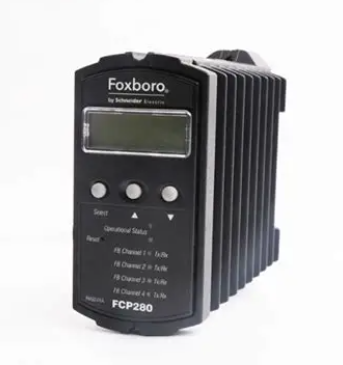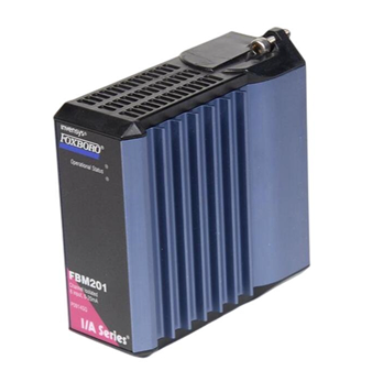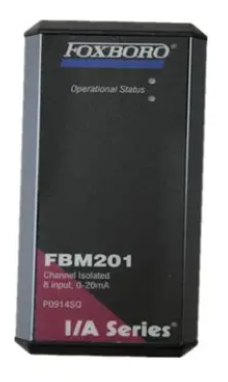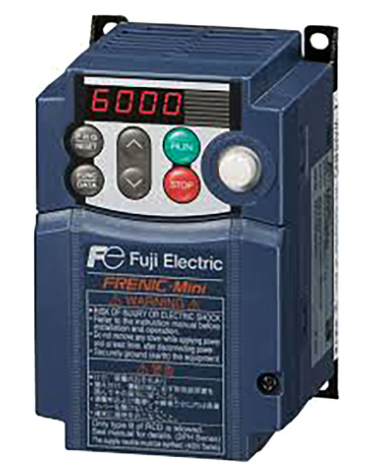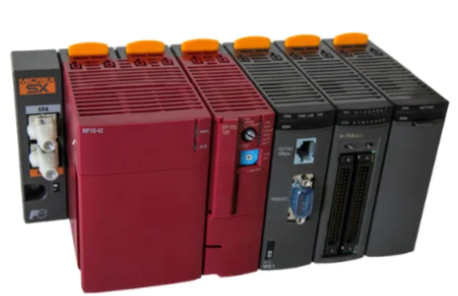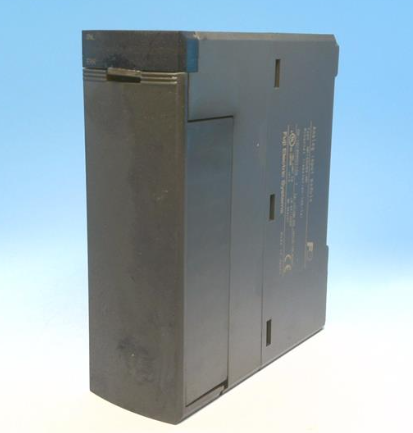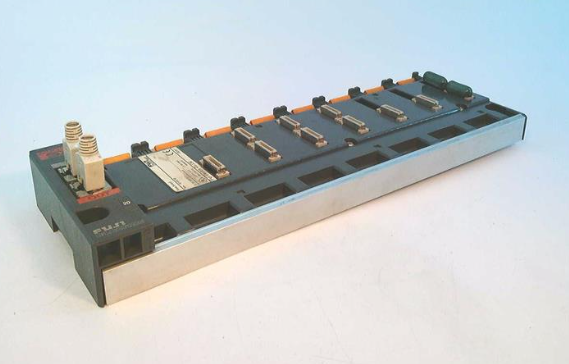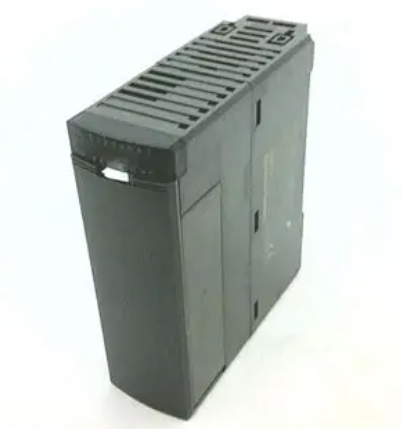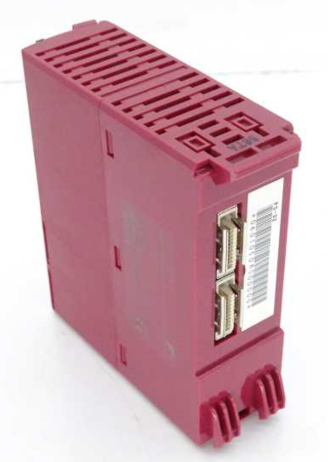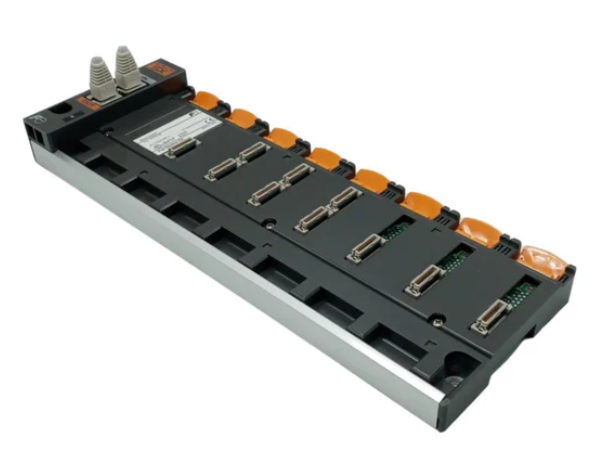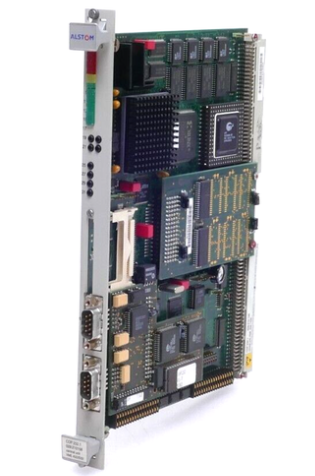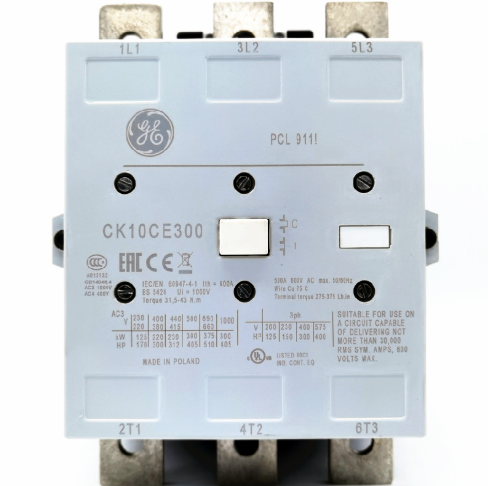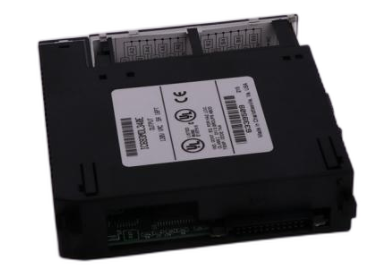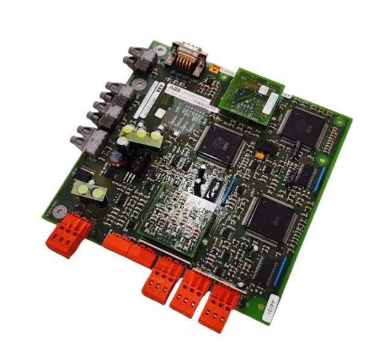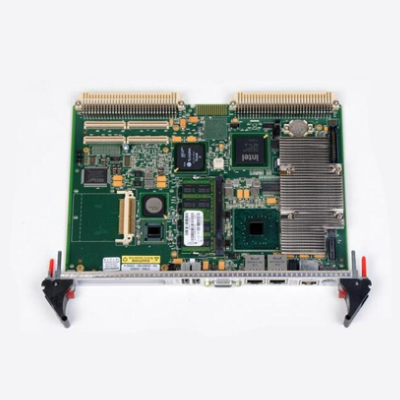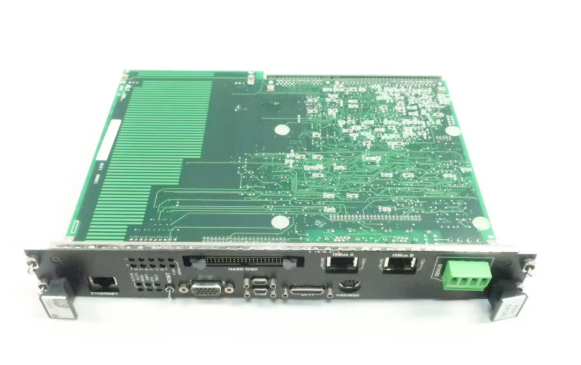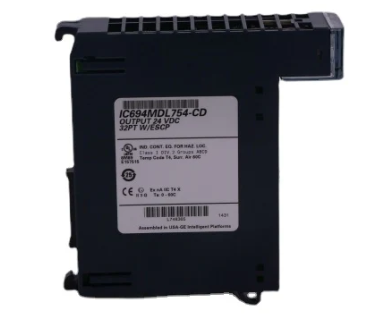Analysis of the causes and countermeasures of dust pollution in mine production
For open-pit mine production, the dust generated in the mine production process has become an important control factor affecting the environment, operation efficiency, transportation safety and production cost. The dust in the air worsens the working conditions of mining and transportation, and brings great harm to the physical and mental health of the workers working on the site every day, so the dust prevention work is becoming more and more important. Therefore, dust prevention has become a very important work in mine production. This paper analyzes the causes of dust pollution in the production of open-pit mines and its countermeasures.
The hazards of mine dust are mainly manifested in the following aspects:
① Polluting the working environment of the stope, stimulating the mucous membranes of the operators, causing eye damage, causing inflammation and affecting vision;
② make the skin dry, itching, severe will cause acne, chapped skin and a lot of hair loss;
③ Entering the external ear canal, affecting hearing;
(4) Enter the lungs, promote the occurrence of acute and chronic inflammation, long-term operation and even cause silicosis;
⑤ The visibility around the stope is low, and the probability of industrial accidents is high.
Causes of dust pollution sources
Dust pollution sources are almost produced in every link of production in open-pit mining area, such as perforation, blasting, shovel loading, transportation, crushing, soil discharge and so on. In addition, the construction of auxiliary vehicles and mining projects in the mining area (such as the construction of slopes, slope cleaning, etc.) will also produce dust pollution sources, but in comparison, the former will produce much more serious pollution.

01 Dust from perforating operation
The hand-held, air-leg or rock drill used by the roller drill or secondary crushing machine in the working face process is broken into particles of different sizes due to the impact, extrusion, cutting and peeling, and friction of the drill bit on the rock, and some of them form dust after discharging the hole. The dust production in rock drilling is characterized by long time and continuous, and the diameter of a large number of dust particles is less than micron, which is one of the main sources of fine mine dust in open pit mining area. In particular, the cone drill is widely distributed and scattered, resulting in more dust production points and scattered, and more people are exposed to such dust operations, contact time is longer, and the harm to workers is greater.
02 Dust from blasting operations
During the blasting operation, the rock is crushed by the great pressure, high temperature and stress wave of the charge blasting, and the dust is formed after displacement. The instantaneous dust production is very large, and the dust production is greatly damaged by the number of holes, parameters of holes, types of explosives, mineral and rock properties, and geological structures of a blasting.
03 Shovel loading operation produces dust
First of all, when the electric shovel excavates the ore and rock, the dust produced by friction and collision on the surface of the ore and rock is raised by vibration and forms secondary dust. Secondly, when the bucket is unloading the mineral rock to the electric wheel vehicle, it will produce huge dust due to the drop. In addition, the shovel will also produce dust when cleaning the explosion.
04 Dust from transportation operations
The dust deposited on the transport road is affected by the compression, vibration and airflow produced by the electric wheel vehicle when it passes by, and it moves up irregularly, resulting in secondary dust. At the same time, the air quality monitoring of the open-pit mine shows that the road traffic dust is the biggest dust pollution source in the open-pit mining area, accounting for 70%~90% of the total dust production.
05 Dust production in dumping operation
The dust in the dump is produced by the collision and friction of the rock when the electric wheel vehicle is unloading the rock. In particular, the high section of the mining area of the waste dump, the drop is large, and the discharge is large, the formed secondary dust is large, and the surrounding environment is seriously polluted.
06 Secondary dust from slope cleaning, road construction and working face leveling
When the dust in these parts is subjected to vibration and airflow, it flies into the air to produce secondary dust.
07 Dust from crushing operation
When the crusher is working, the ore is squeezed and hit, so that the air in the ore gap is violently squeezed out. When these air flows outward at high speed, due to the shear compression of the air flow and dust, the dust is discharged outward through the feeding port.
08 screening operation dust
In the screening process, dust is generated due to the rapid vibration of the material in the direction perpendicular to the screen surface with the vibrating screen.
09 Belt transport operation dust
After the ore is screened, it is discharged through the chute to the lower belt conveyor. Due to a drop between the dust flow and the surrounding air have a shearing effect, the air is rolled into the material, and the mutual enrolling effect instantly raises the dust at the discharge port and flies around.
Dust pollution control measures
From the perspective of the causes of dust sources in the mining area, each process will produce dust pollution, but the intensity of the production is different. To distinguish the primary and secondary, grasp the key points, and carry out comprehensive treatment of these dust-producing parts, dust pollution can be effectively controlled.

1. Closure of dust source
Take sealing measures to strictly close the dust producing parts and dust producing equipment, so that the dust is enclosed in a certain space. For example, the rock drilling platform of the cone drill is provided with a dust collecting cover at the hole, so that all the dust producing parts are sealed and dust is controlled locally.
2 Wet operation
Increase the humidity of mineral rock and working face, road, prevent dust flying, reduce the amount of dust in the air. This is the main way to prevent dust in the dry season.
3 Dust proof during perforation
Cone drill perforation. Water and gas form a feng shui mixture along the center of the drill pipe to the bottom of the hole. During the drilling process and the slag discharge process, the dust is wetted to form wet powder or mud, and then discharged to the sealing cover.
4. Dust proof in blasting operation
Water can be sprayed into the pre-explosion area before blasting. Water can not only wet the surface of ore and dust, but also penetrate into the ore body through cracks, which plays a good dust-proof effect.
5 Shovel loading operation dust
✪ pre-wet the detonation reactor. Loaded with hard rock and washed with water gun; When excavating soft and dusty soil, sprinklers are used to spray it.
✪ Spray water during loading. Water tank and fan are set on the shovel to form feng shui mixed spray, and make it move with the shovel loading and unloading operation, and spray directly to the dust source to achieve good dust removal effect.
7 Transport road dust
✪ sprinkler. Road traffic dust is the biggest source of dust pollution in mining area, and doing a good job of road dust prevention is the most important means of dust pollution control. In the dry season, the road material of appropriate specifications is laid on the main transportation lines, and the water is sprayed on the road surface regularly with sprinklers, and the intermittent water spraying or mist spraying is implemented, so that the dust qualification rate of the trunk line can meet the safety technical requirements.
✪ Pressurized pipe spraying. With the increasing length of fixed pit lines in depressed mining areas, dust suppression work in mining areas becomes more and more difficult. Especially in summer, it is difficult to meet the needs of safe dust suppression work by spraying dust suppression with electric powered wheel sprinkler. Facing this situation, water spraying with pipelines is adopted in some conditional fixed pit lines in mining areas to relieve the pressure of electric wheel sprinkling water and improve the dust suppression effect.
8 Crushing and screening dust treatment
Set up spray dust removal device. In the crushing operation, the moisture content of the material surface is an important factor to reduce the dust escape. The spray dust removal device set in each feed port of the crusher can play a powerful role in dust suppression. If water spraying is used for dust removal alone, the water volume is too large, and the inlet is blocked. The water amount is too small, and the dust suppression effect is not achieved, and the use of chemical wetting agents can maintain a certain moisture content on the surface of the material and reduce the water consumption (the water consumption ratio before and after is 4:1). The chemical wetting agent is mixed with water at a ratio of 1:20,000, and the mixed liquid is fully atomized through the spray nozzle with high pressure gas, and evenly sprayed on the material, so that the material is moistened and the surface humidity is increased.

9 Belt transport dust control
Reasonable setting of spray dust removal device at each transfer point and using transfer point sealing spray to suppress dust can achieve effective effect of reducing the dust concentration at the post. The head and tail of each transfer point are sealed for 3 ~ 5m, and the spray nozzle is uniformly arranged in the cover. High-pressure gas is used to atomize water through the spray nozzle into 30 ~ 60um fog drops, and the dust in the air in the cover is collected by condensation and collision. In order to avoid slipping between the belt and pulley, chemical wetting agents are added to the water to reduce water consumption. The use of wet operation and wet dust removal in the crushing system can reduce the dust concentration of the post by 70% to 80%, and the exhaust dust concentration can be reduced to less than 100mg/m³.
10 Second dust treatment
Spray water or sodium chloride solution to dust secondary flying points (such as working faces, refurbished slopes, waste dumps, etc.), or spray covering agent on the surface of dusty materials. There is a bonding force between the covering agent and the waste rock, and they permeate and diffuse each other. Under the action of chemical action and physical adsorption, a thin layer of hard shell is formed on the surface of waste rock to prevent dust from wind and sun.
11. Carry Out technological transformation
Reasonable charging structure with hole mesh and air gap can reduce the amount of dust produced.
Water seal blasting. The water bag is placed on the outer surface of the gun hole, and the auxiliary detonating charge is used to break the water bag at the same time as blasting, so that the water is dispersed into fine water droplets, and the generated dust is wet in contact to achieve the dust removal effect.
Add sodium chloride to the water, and the watering effect and action time will also be greatly increased.
12 Strengthen site management
Dust-proof work is an important work in the mining site, the relevant departments in the layout, inspection, evaluation of production work at the same time, the dust-proof work should also be placed in an equal position.
All relevant departments shall implement dustproof target management. Formulate corresponding goals for dust prevention in each process each month, and then summarize at the end of the month to improve dust prevention measures and strengthen on-site dust prevention management.
- EMERSON
- Honeywell
- CTI
- Rolls-Royce
- General Electric
- Woodward
- Yaskawa
- xYCOM
- Motorola
- Siemens
- Rockwell
- ABB
- B&R
- HIMA
- Construction site
- electricity
- Automobile market
- PLC
- DCS
- Motor drivers
- VSD
- Implications
- cement
- CO2
- CEM
- methane
- Artificial intelligence
- Titanic
- Solar energy
- Hydrogen fuel cell
- Hydrogen and fuel cells
- Hydrogen and oxygen fuel cells
- tyre
- Chemical fiber
- dynamo
- corpuscle
- Pulp and paper
- printing
- fossil
- FANUC
- Food and beverage
- Life science
- Sewage treatment
- Personal care
- electricity
- boats
- infrastructure
- Automobile industry
- metallurgy
- Nuclear power generation
- Geothermal power generation
- Water and wastewater
- Infrastructure construction
- Mine hazard
- steel
- papermaking
- Natural gas industry
- Infrastructure construction
- Power and energy
- Rubber and plastic
- Renewable energy
- pharmacy
- mining
- Plastic industry
- Schneider
- Kongsberg
- NI
- Wind energy
- International petroleum
- International new energy network
- gas
- WATLOW
- ProSoft
- SEW
- wind
- ADVANCED
- Reliance
- YOKOGAWA
- TRICONEX
- FOXBORO
- METSO
- MAN
- Advantest
- ADVANCED
- ALSTOM
- Control Wave
- AB
- AMAT
- STUDER
- KONGSBERG
- MOTOROLA
- DANAHER MOTION
- Bently
- Galil
- EATON
- MOLEX
- Triconex
- DEIF
- B&W
- ZYGO
- Aerotech
- DANFOSS
- KOLLMORGEN
- Beijer
- Endress+Hauser
- MOOG
- KB
- Moxa
- Rexroth
- YAMAHA
- Johnson
- Westinghouse
- WAGO
- TOSHIBA
- TEKTRONIX


Email:wang@kongjiangauto.com






























